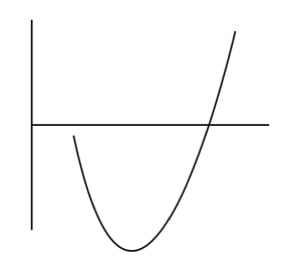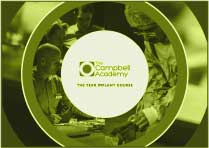Financial decisions to consider when becoming an implant dentist


People spending thousands of pounds on a year implant course want to know when they will get their money back, if you look back at the people who have done this and investing heavily in their implant careers, you can see a pattern as to how this works. It’s actually the same as almost any business set up.

This is called the J curve. If you imagine an X and a Y axis (X begin horizontal), if you imagine that part way up the Y axis there is a line that says 0, that is your breakeven point where you haven’t spent any money. At 0 you start to spend and spend, then the line drops dramatically from 0 towards the X axis before it curves along the bottom and then starts to catapult back up, past 0 and way beyond; this is the J curve of business.
What everyone is interested to know is at what point does the vertical line pass the 0 as it goes back up into profit. The truth is, this is different for different practitioners but let me give you a quick calculated example. If you decide to charge £2,000 for your dental implants in your practice, following on from your year implant course, then we can make some assumptions about how much money you’re likely to make. If you’re a principle in practice you’re likely to make approximately 40% of that turnover as gross profit (£800 per implant).
Remember that you will have set out on an implant course which might have cost you £10,000. Let’s forget about the travel and accommodation relating to the course and loss of practice income during the course, let’s just stick to the bare bones. You’ve spent £10,000 on the course and £6,000 on an implant kit and motor (£16,000). You make £800 per implant placed and restored (a rough outline). You will need to place 20 implants and restore them the following year to break from the cost provided. Remember now though, that you don’t have to pay for the course again, nor the kit again, and although there are some add on costs, every implant from now on creates a profit. This is the concept of sunk costs and lifetime value. In three years’ time, when you’re placing the 20 implants that you learned to do on the course, you’re not outlaying any money on training, or kit and still making the profit. If you do this for 10 years you’ll make a lot of money. Our blog 'The True Cost of Dental Implant Training' which you can read here outlines the financial investment of dental implant training.
If you’re interested in finding out more about what implant training avenues you can take, read our new eBook, Four Types of Implant Courses – How to choose which suits your needs. You can download the eBook by clicking here.





Leave a comment